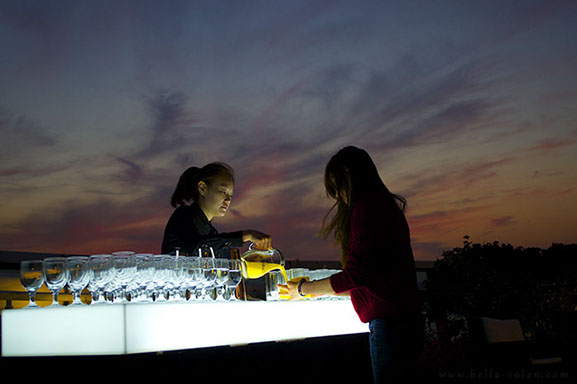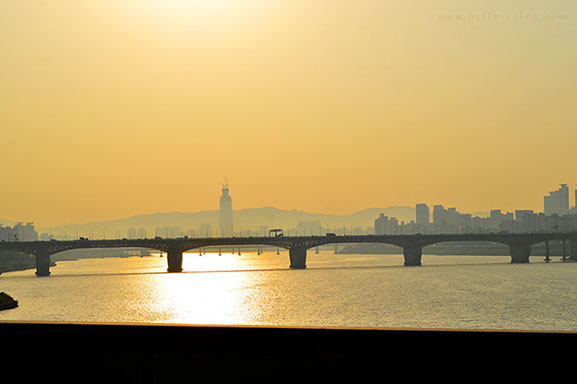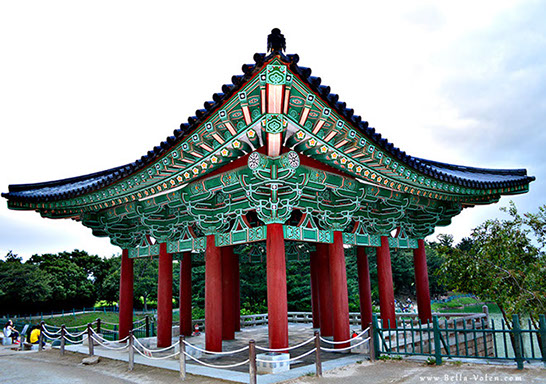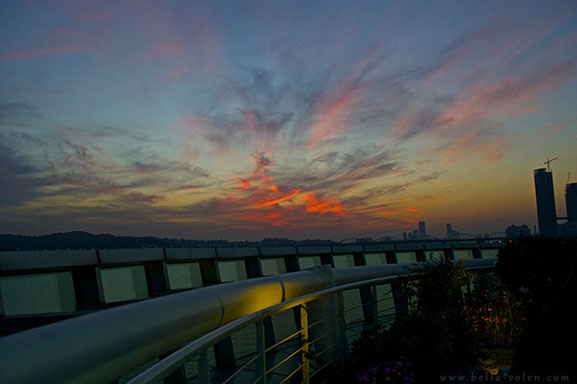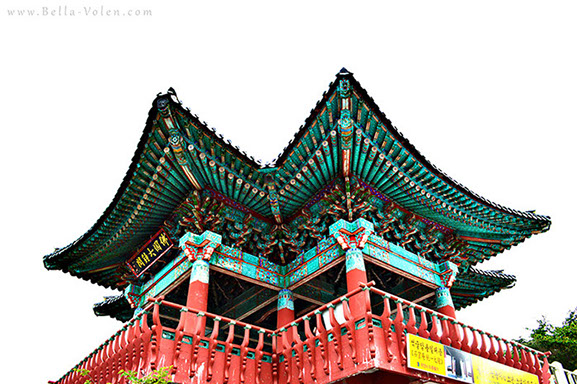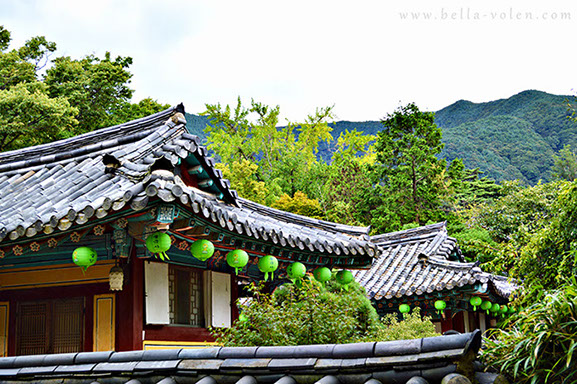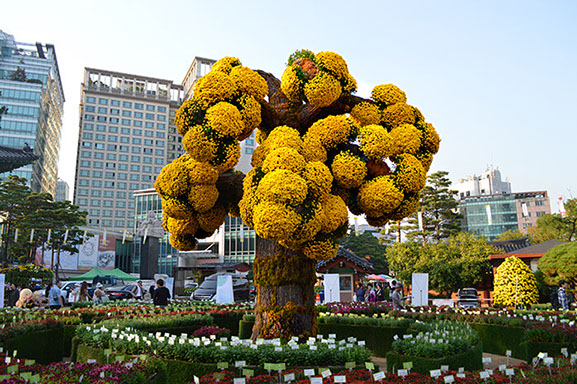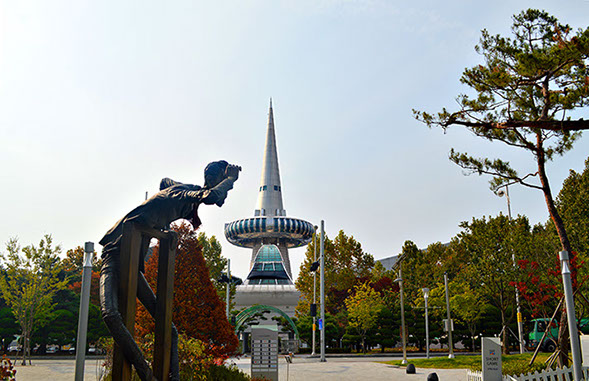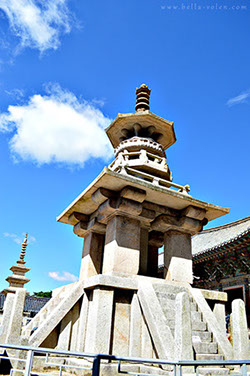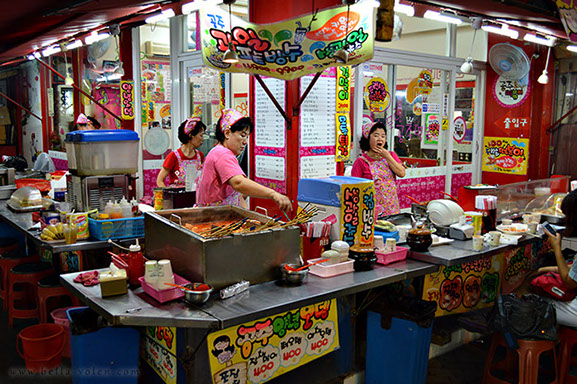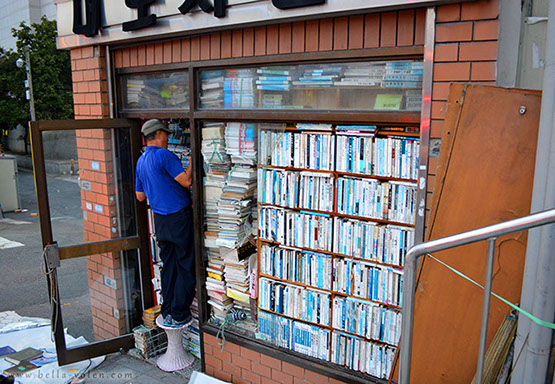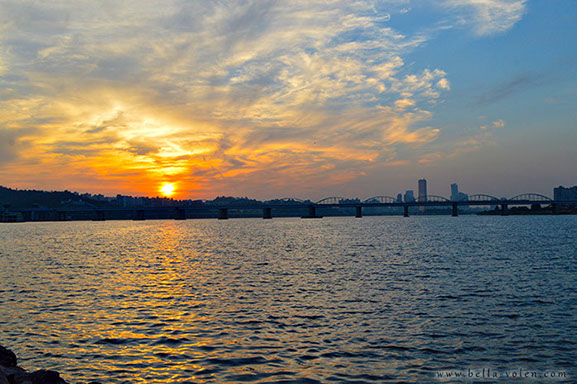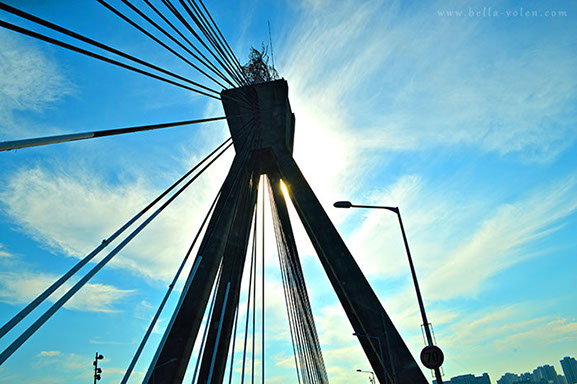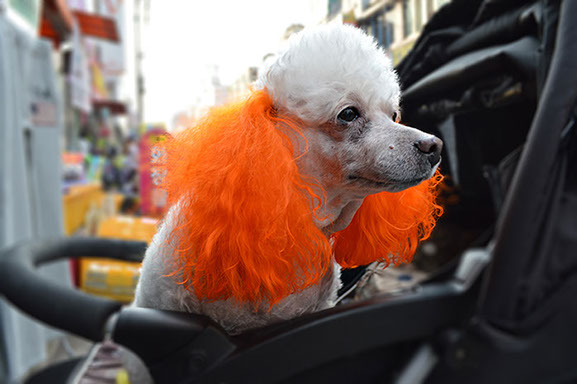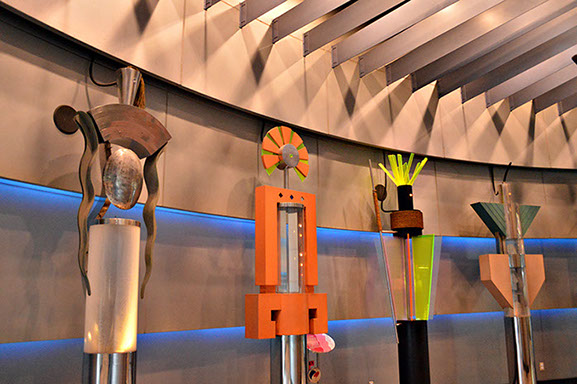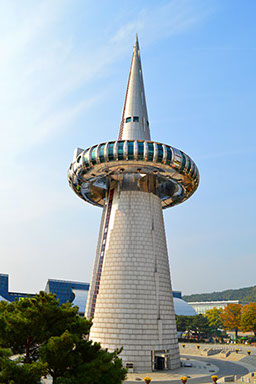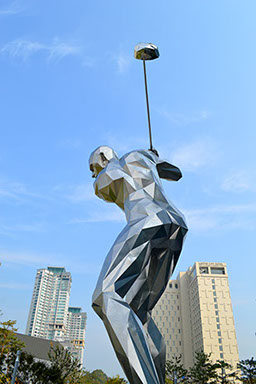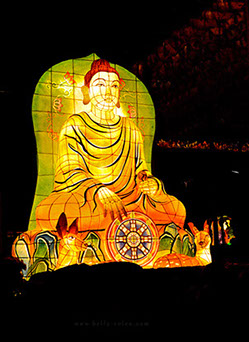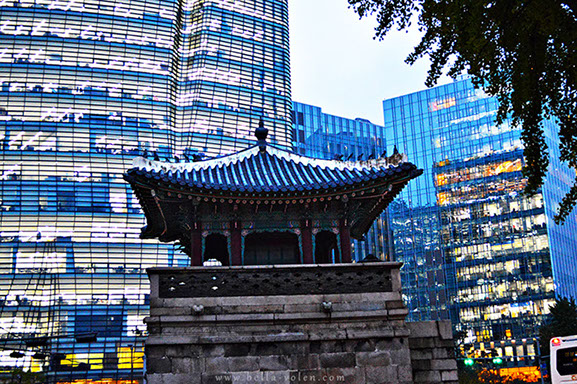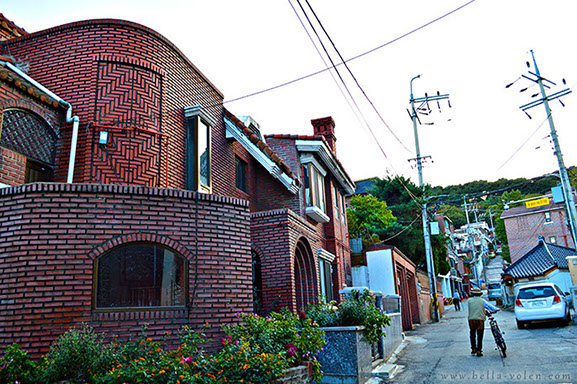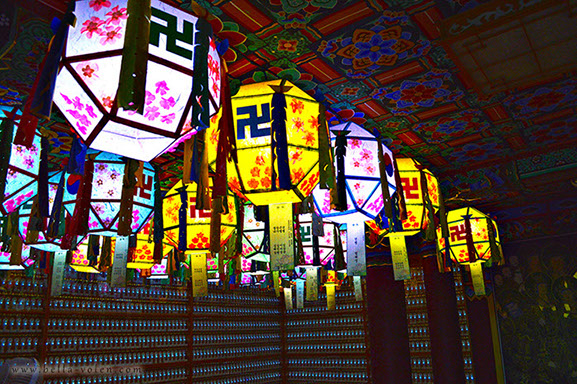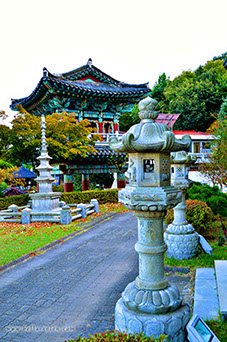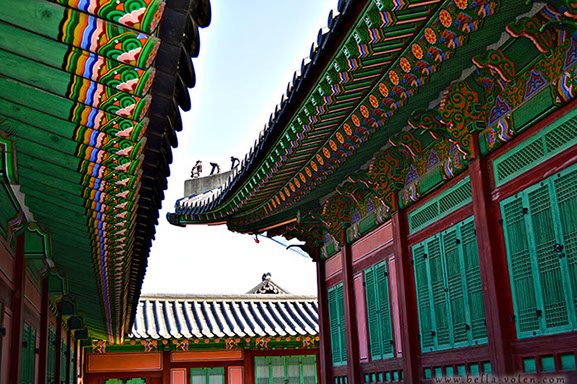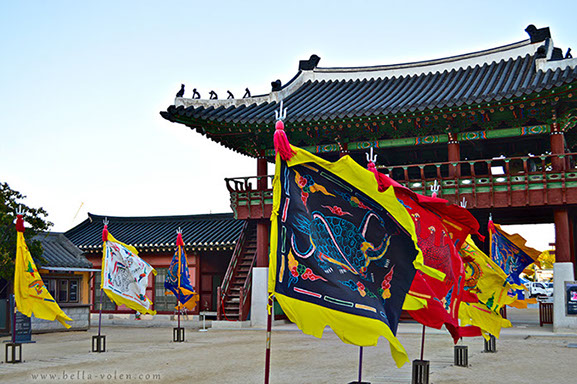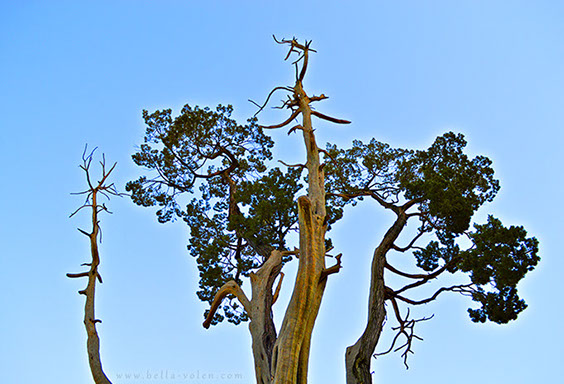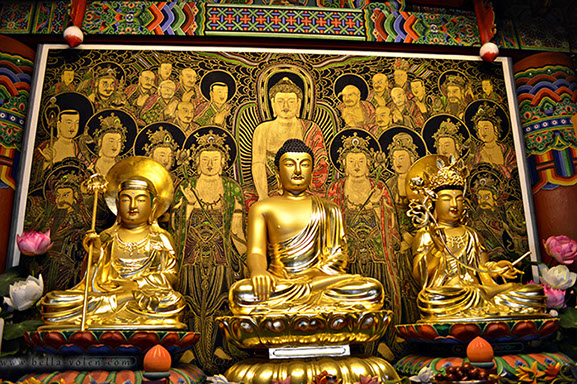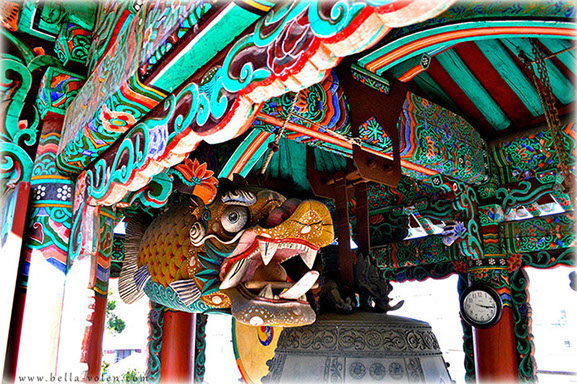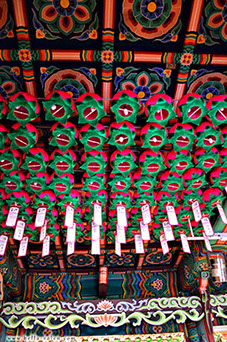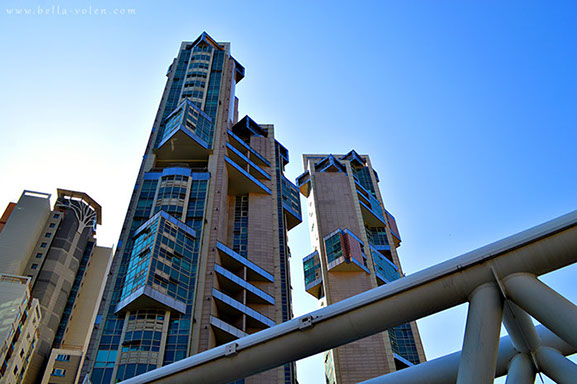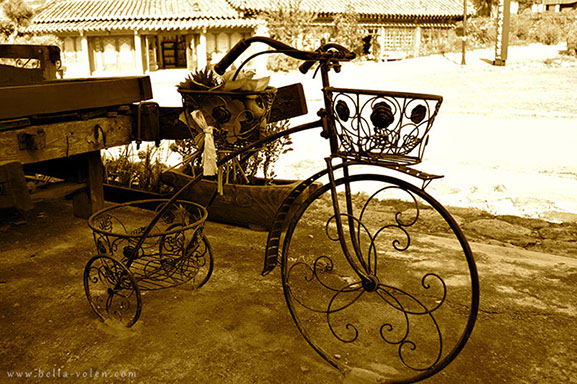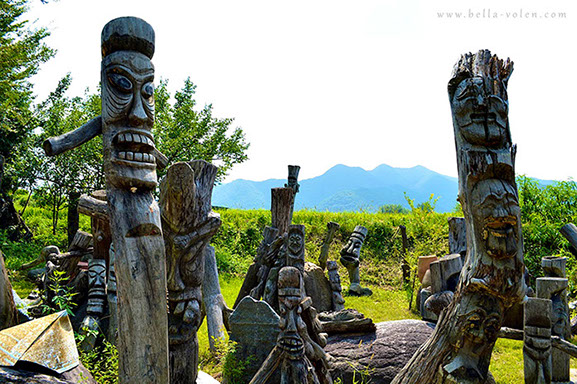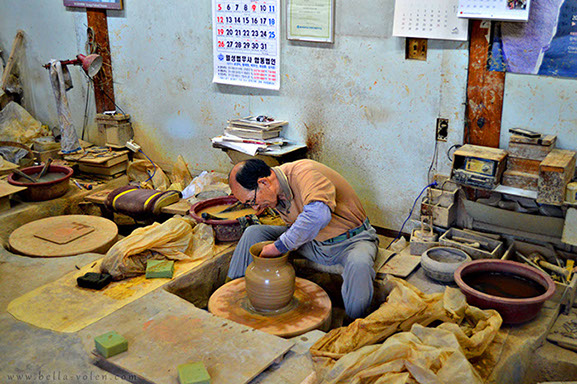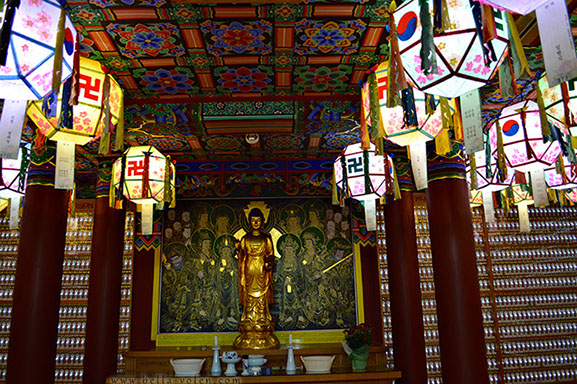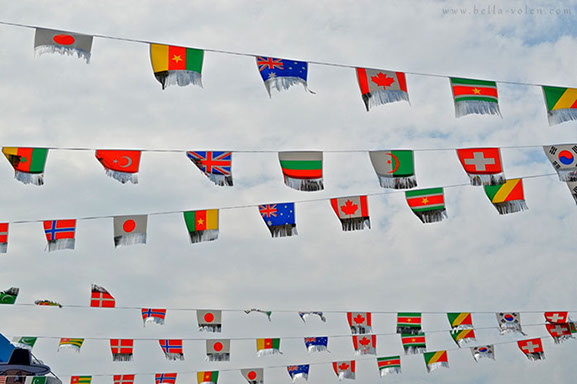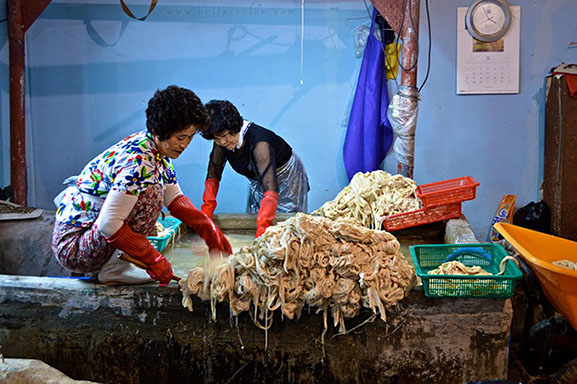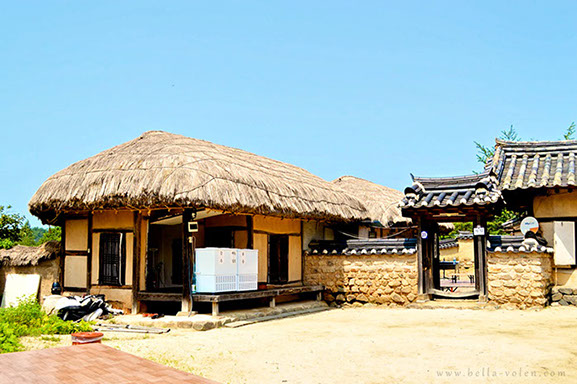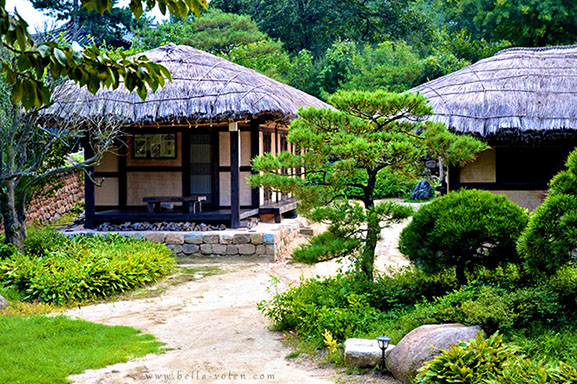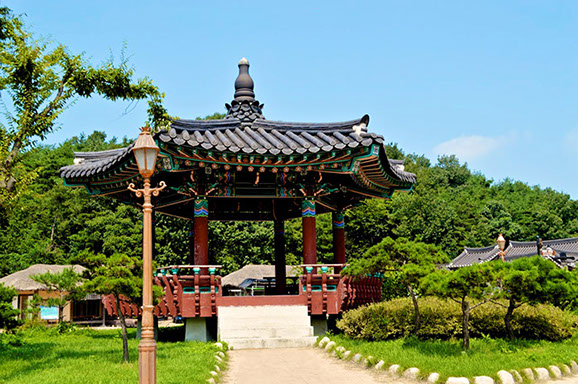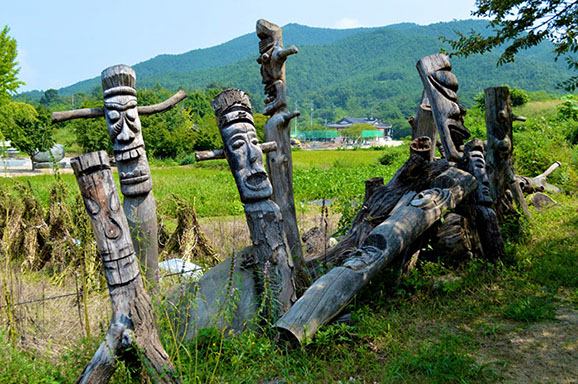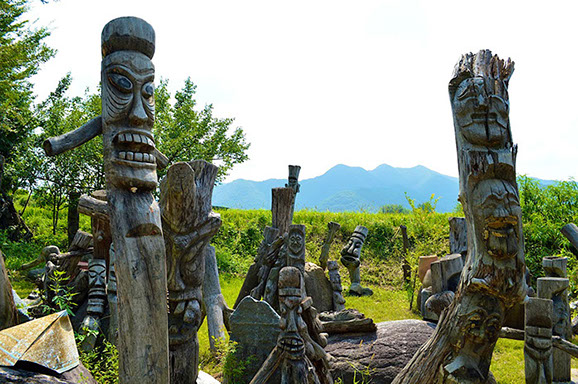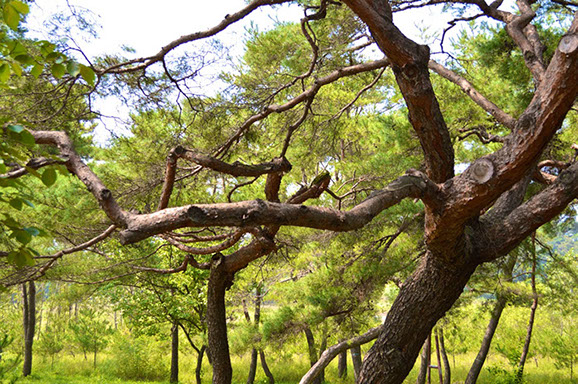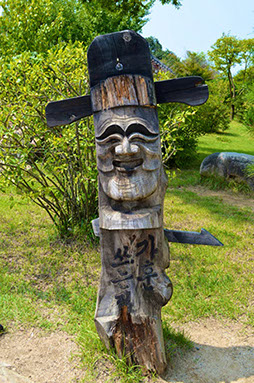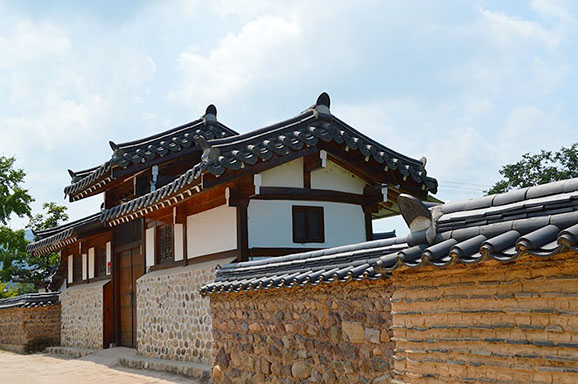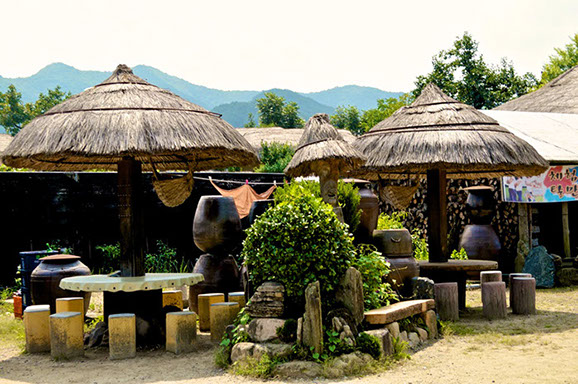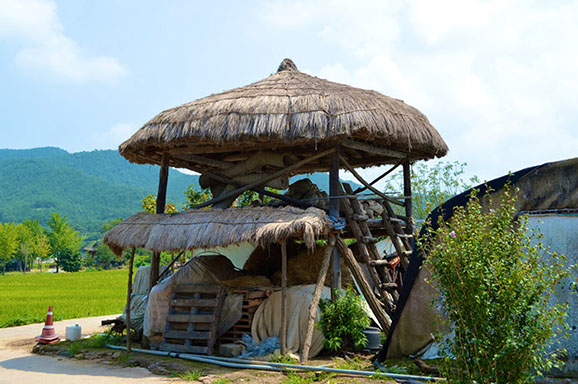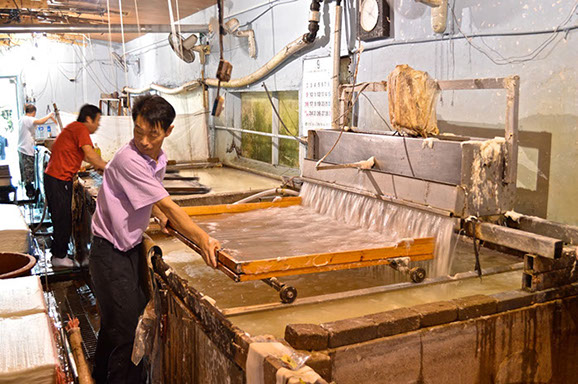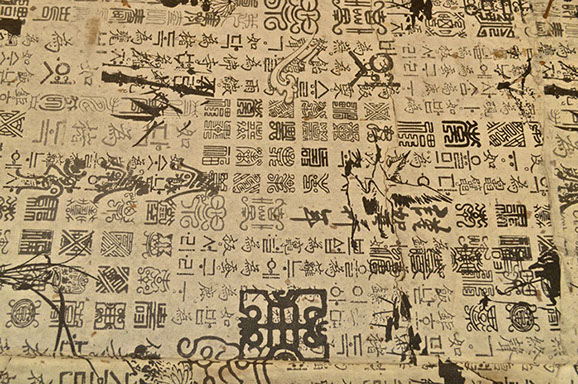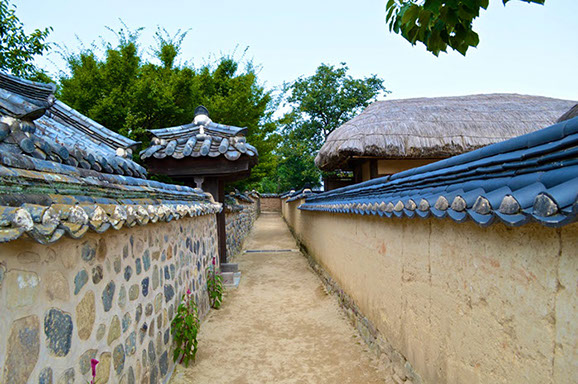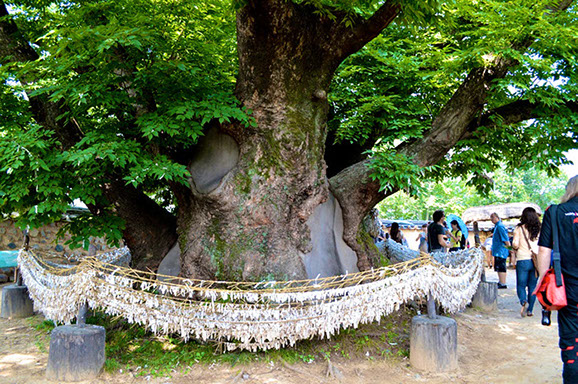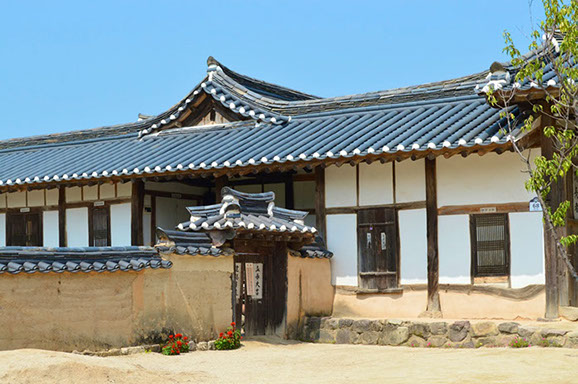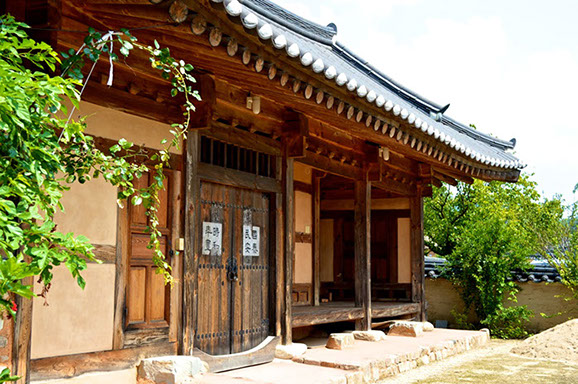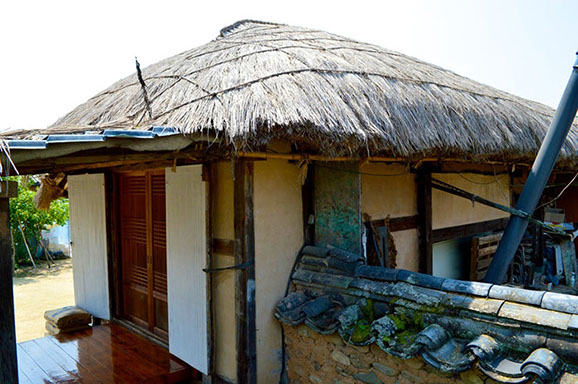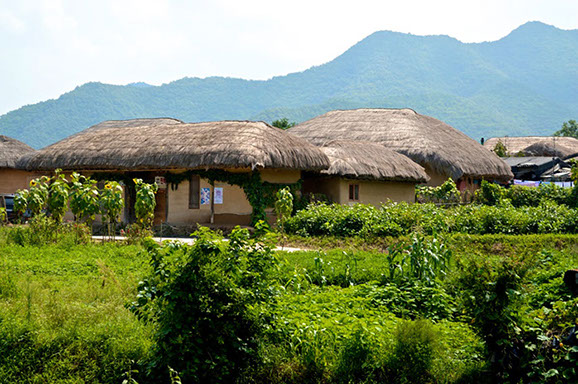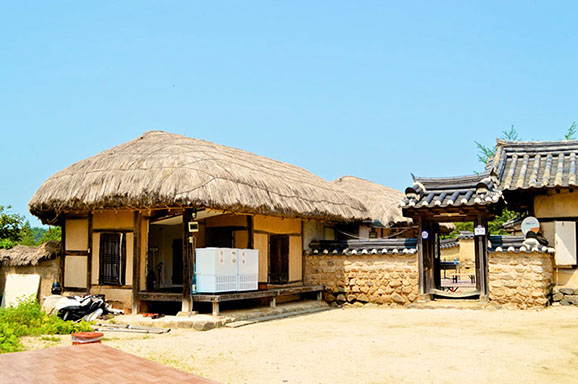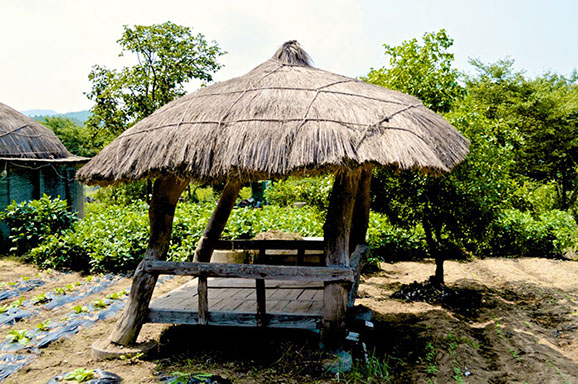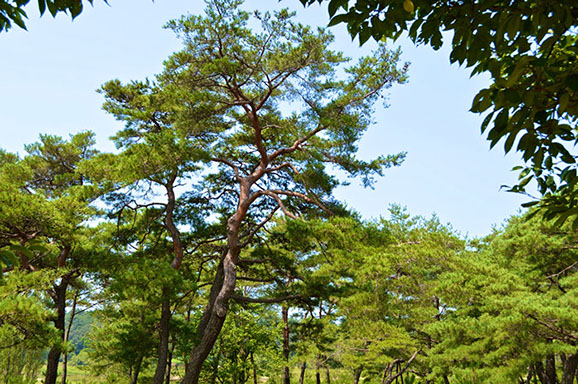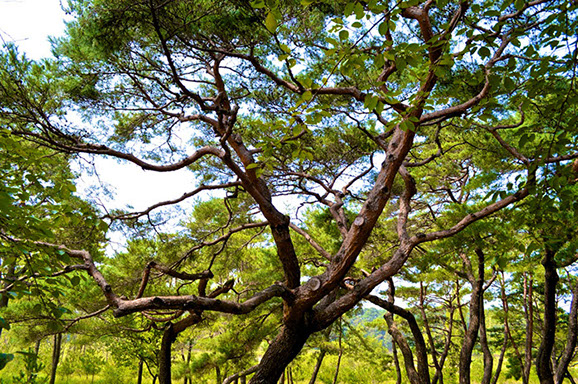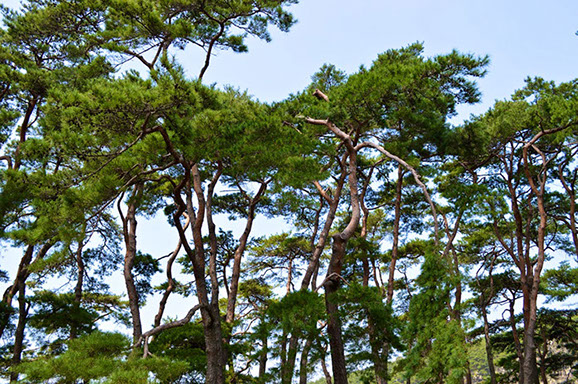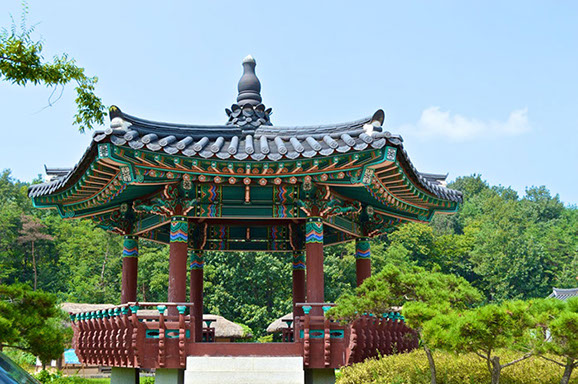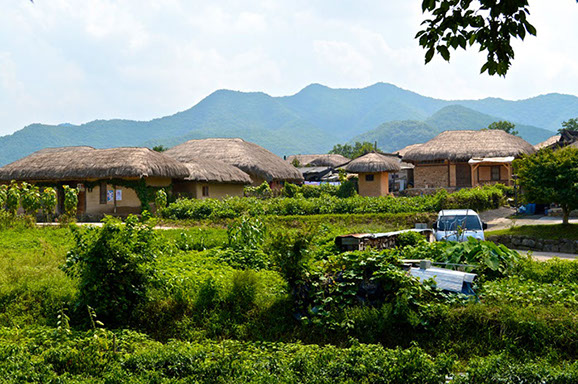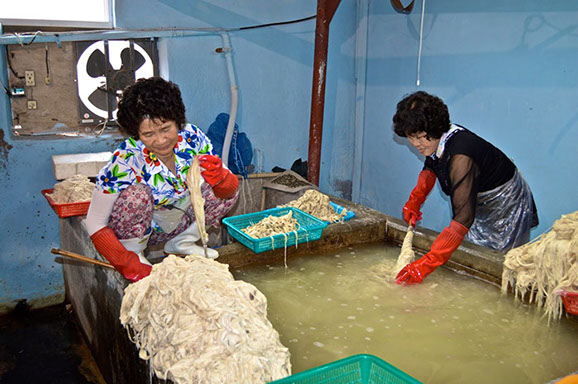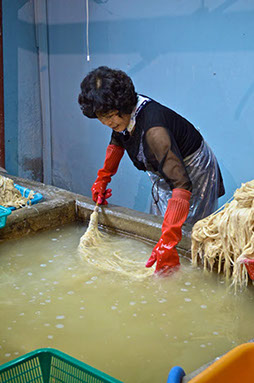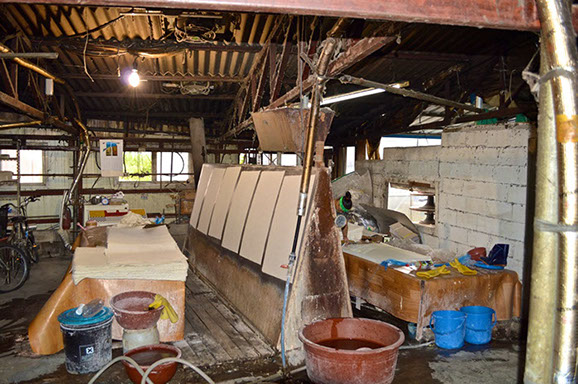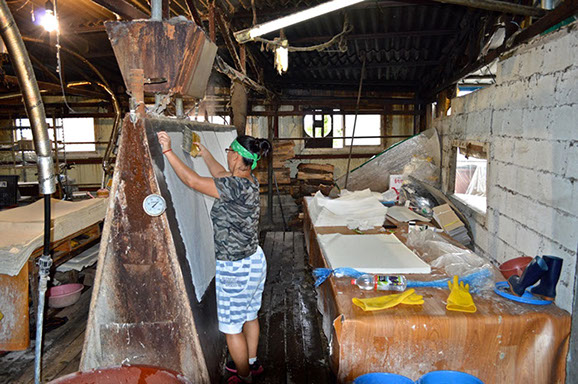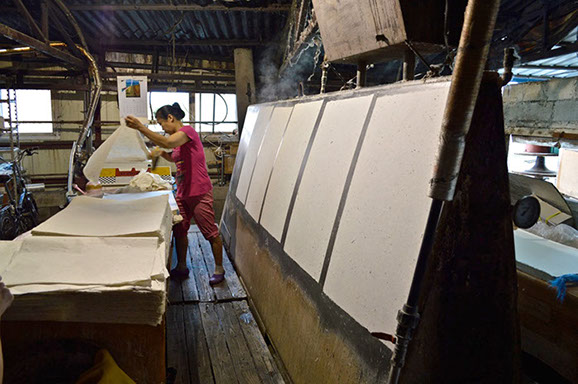English
Deutsch
South Korea has been one of my favorite countries in the past 10 years. I had 5 different invitations there as an artist.
In the autumn many temples transform into big beautiful gardens full of autumn flowers, glowing statutes made out of paper, or sometimes there are trees build out of flowers. Visitors can come also in the evening.
Korea is a country where all the world's major religions, Christianity, Buddhism, Confucianism, and Islam, peacefully coexist with shamanism. Freedom of religion in South Korea is provided for in the South Korean constitution. All citizens shall enjoy the freedom of religion.
No state religion shall be recognized, and religion and state shall be separated.
Moreover, any discrimination based on a citizen’s religious belief is strictly forbidden.
In ancient times, shamans were the trusted advisors to Korean kings and queens. The Confucian hierarchy that has dominated Korea since the Joseon Dynasty has demonized shamans, but their influence has never truly ended. In fact, since 2005, there has been a global resurgence of interest in Korea’s oldest religion.
The profession of a modern shaman has become something normal in South Korea. Many companies need their help for business and personal issues.
Religion in South Korea is characterized by the fact that an absolute majority of South Koreans (56.9% as of 2015) have no formal membership in a religious organization.
Korean shamanism, also known as "Muism" and "Sindo" or "Sinism" is the native religion of the Koreans.
Südkorea war in den letzten 10 Jahren eines meiner Lieblingsländer. Dort hatte ich 5 verschiedene Einladungen als Künstlerin.
Im Herbst verwandeln sich viele Tempel in große wunderschöne Gärten voller Herbstblumen, leuchtende Statuten aus Papier oder manchmal aus Blumen gebaute Bäume. Besucher können auch am Abend kommen.
Korea ist ein Land, in dem alle Hauptreligionen der Welt, Christentum, Buddhismus, Konfuzianismus und Islam friedlich mit dem Schamanismus koexistieren. Religionsfreiheit in Südkorea ist in der südkoreanischen Verfassung vorgesehen.
Alle Bürger genießen die Religionsfreiheit. Keine Staatsreligion soll anerkannt werden und Religion und Staat sollen getrennt werden. Darüber hinaus ist jegliche Diskriminierung aufgrund der religiösen Überzeugung eines Bürgers strengstens verboten. In alten Zeiten waren Schamanen die vertrauenswürdigen Berater der koreanischen Könige und Königinnen. Die konfuzianische Hierarchie, die Korea seit der Joseon-Dynastie beherrscht hat, hat Schamanen dämonisiert, aber ihr Einfluss ist nie wirklich verschwunden. Seit 2005 ist das Interesse an der ältesten Religion Koreas wieder gestiegen. Der Beruf eines modernen Schamanen ist in Südkorea zu etwas Normalem geworden. Viele Unternehmen brauchen ihre Hilfe für geschäftliche und persönliche Angelegenheiten. Die Religion in Südkorea ist dadurch gekennzeichnet, dass eine absolute Mehrheit der Südkoreaner (56,9% ab 2015) keine formelle Mitgliedschaft in einer religiösen Organisation hat.
Der koreanische Schamanismus, auch bekannt als "Muism" und "Sindo" oder "Sinism" ist die urspüngliche einheimische Religion der Koreaner.
Donghwasa Temple
Daegu

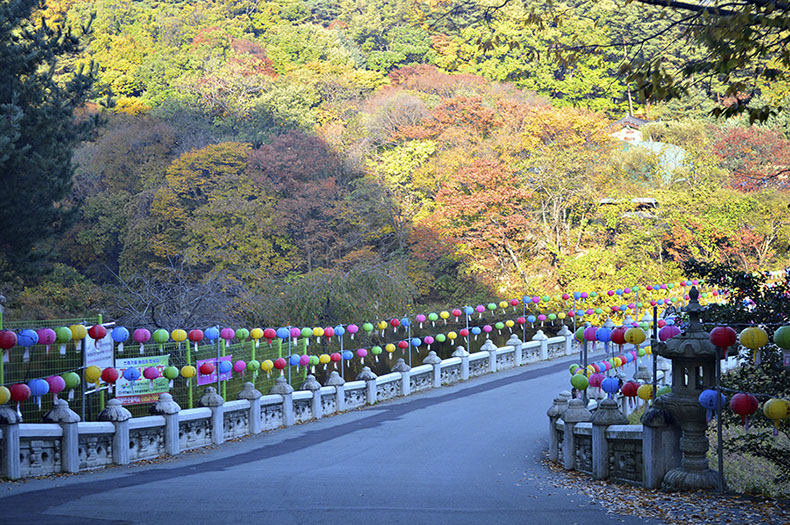

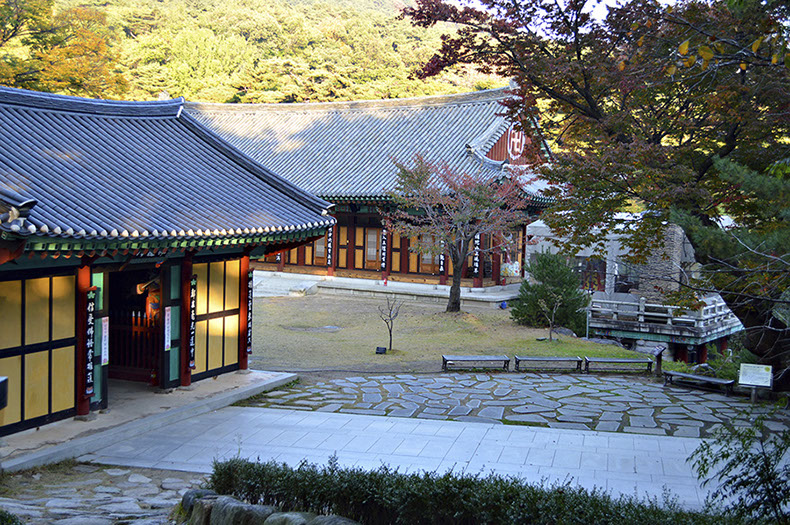
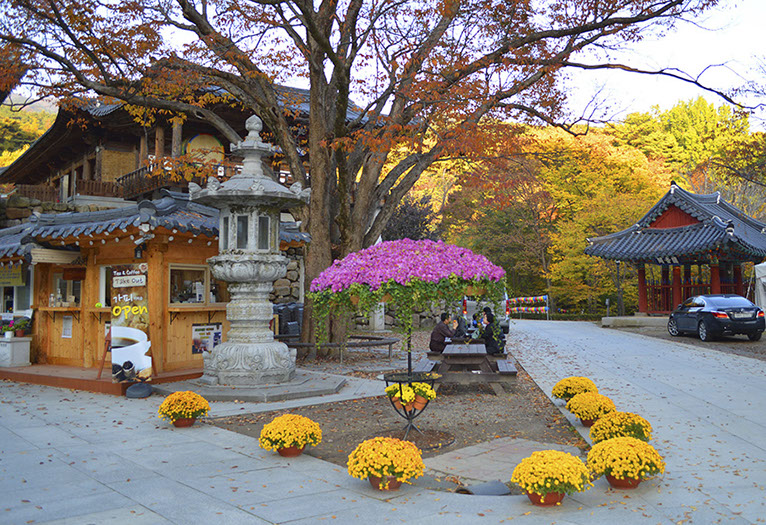
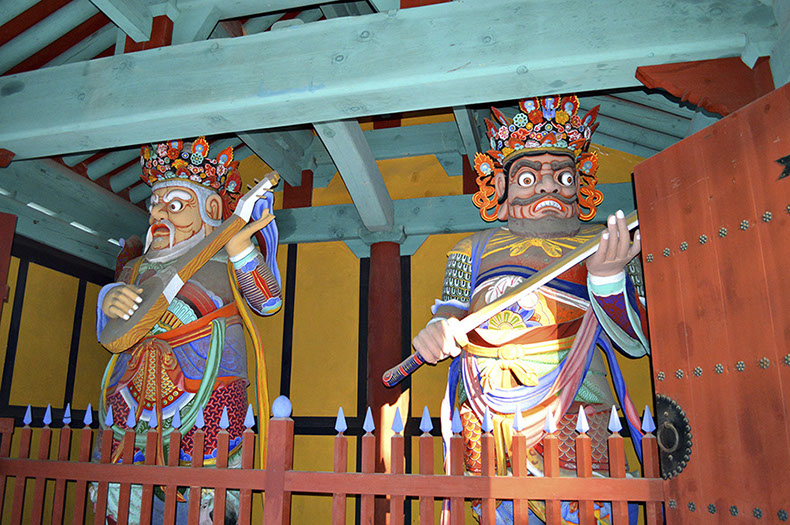
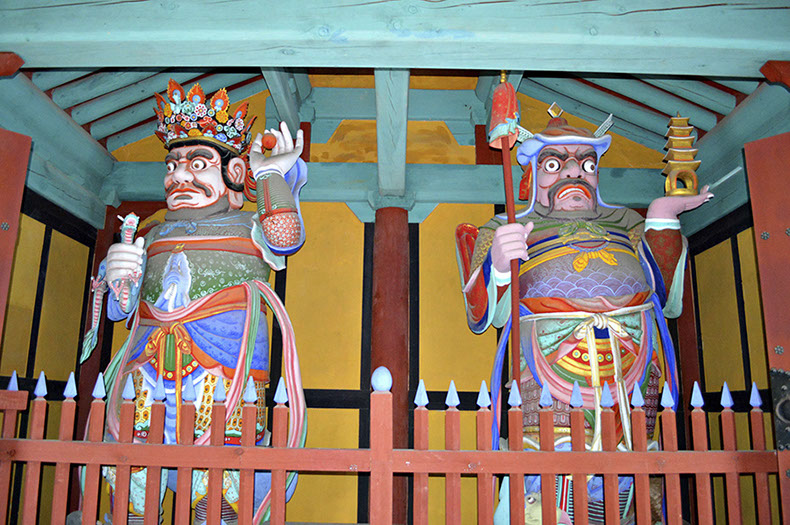
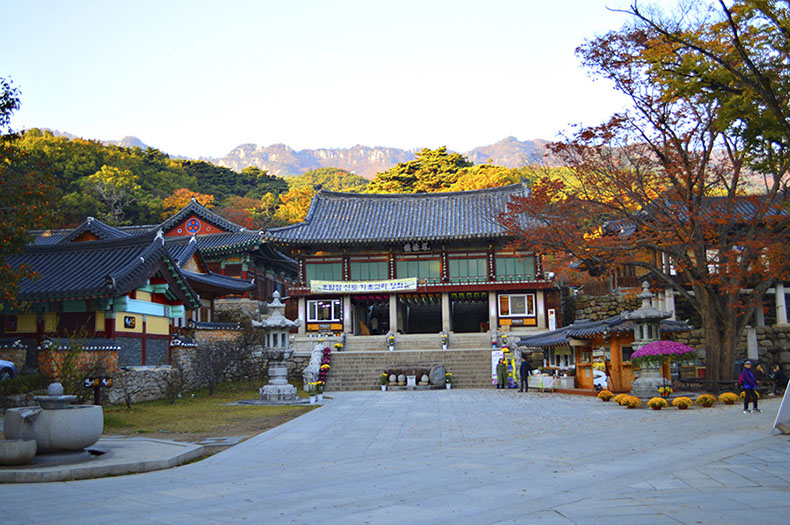
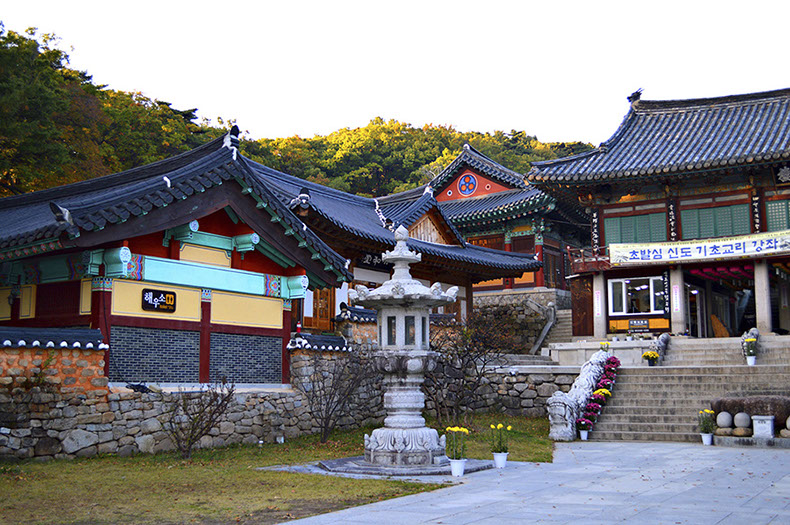

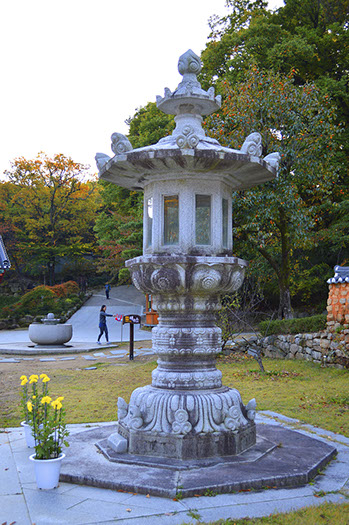

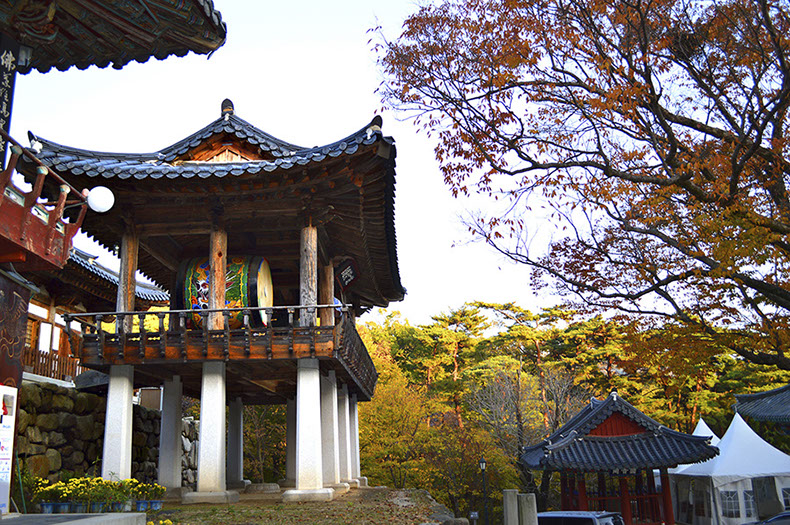
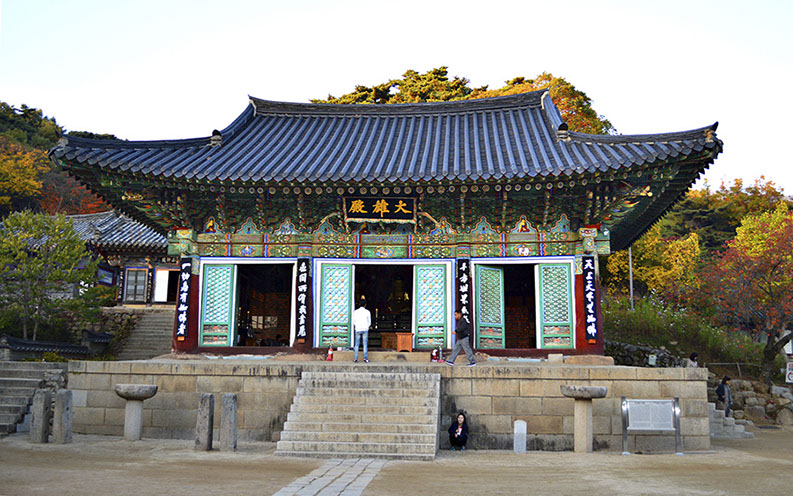
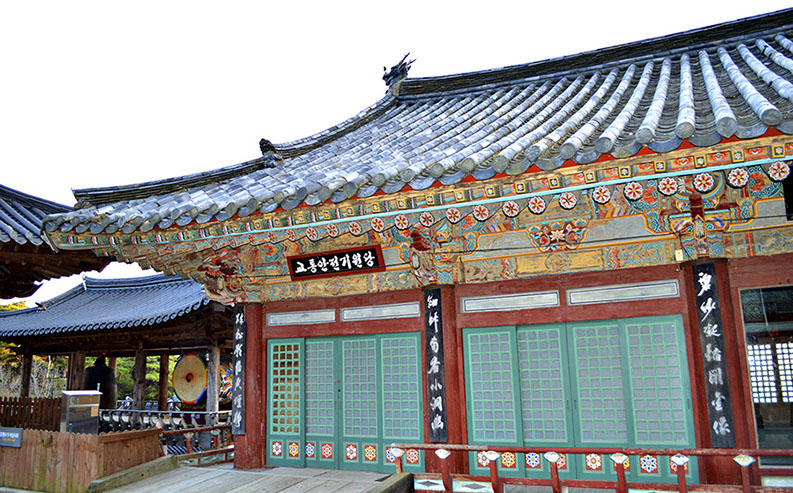
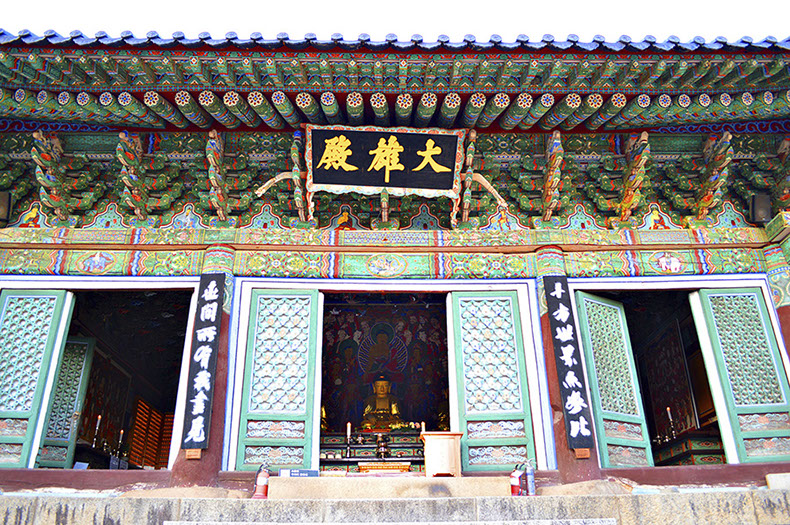
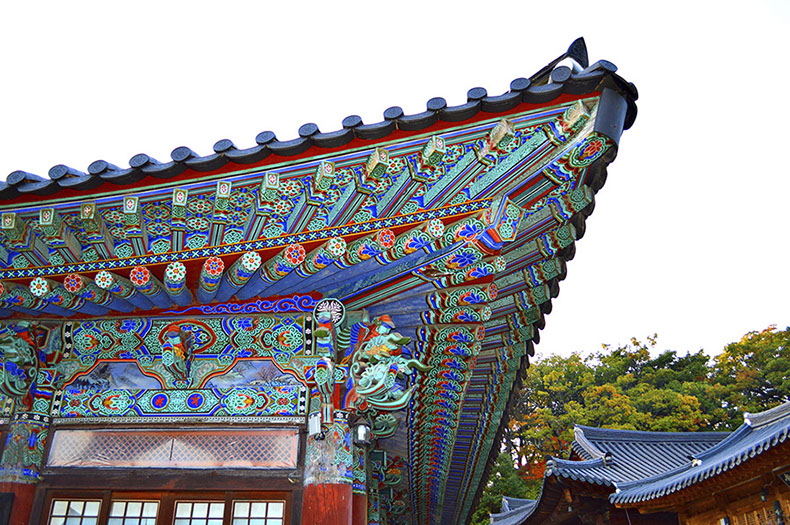
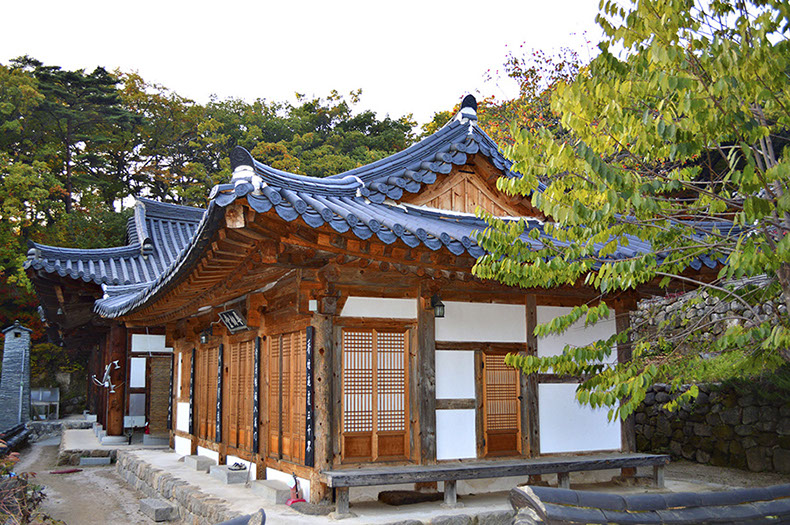

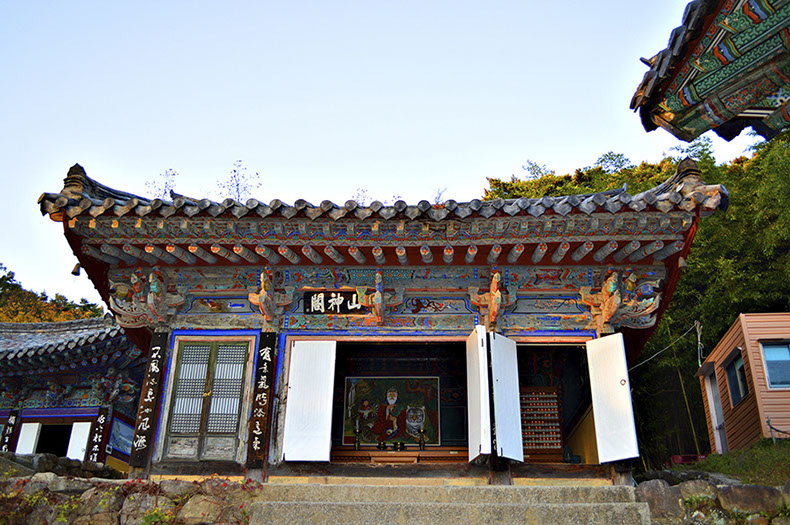
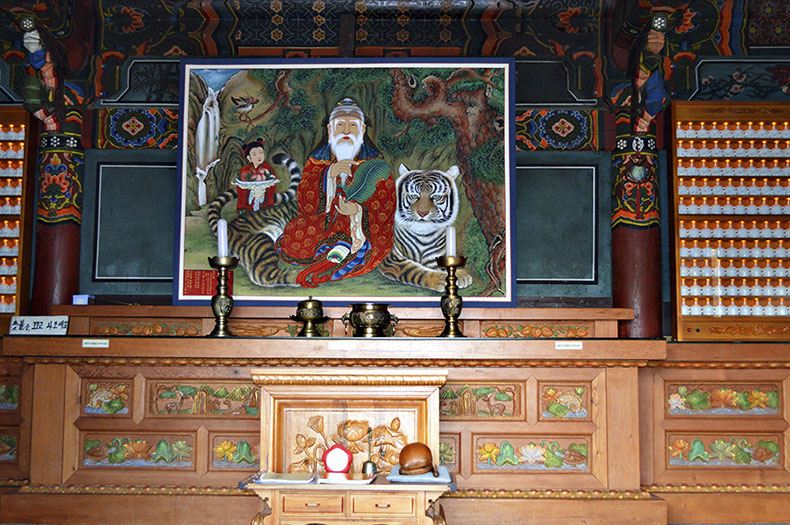
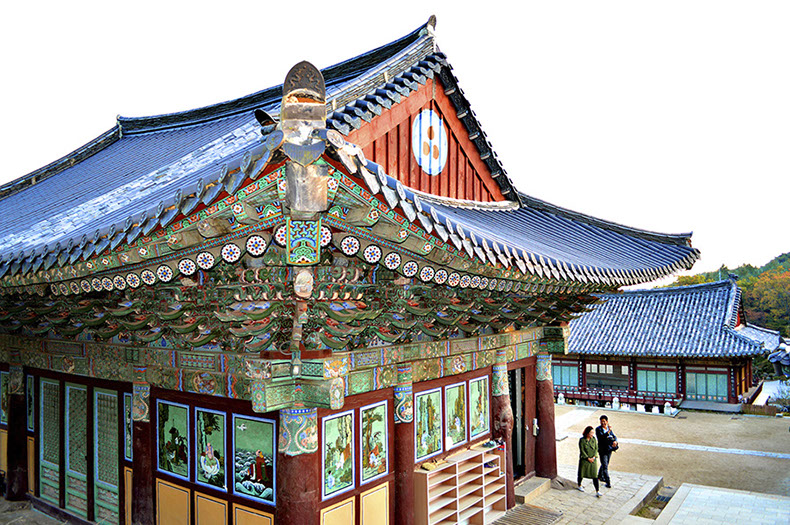
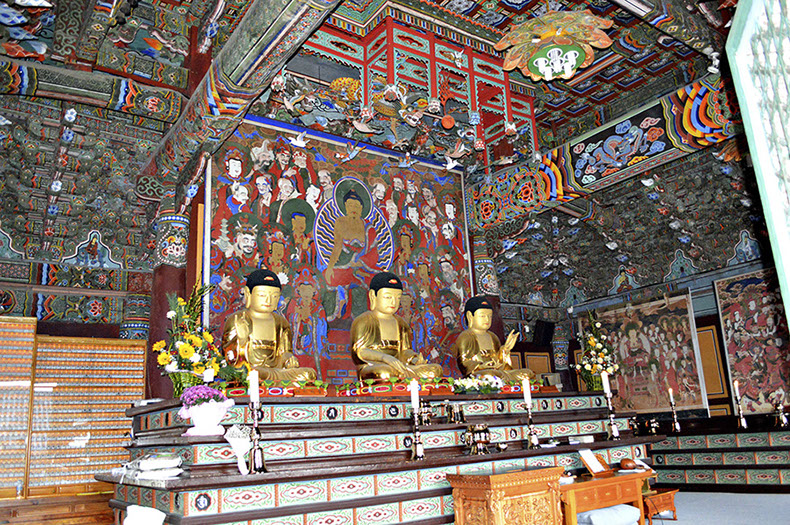

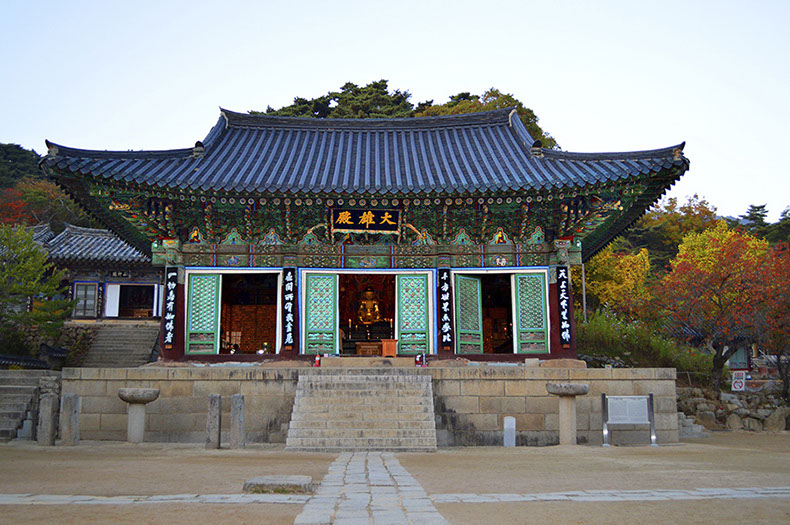
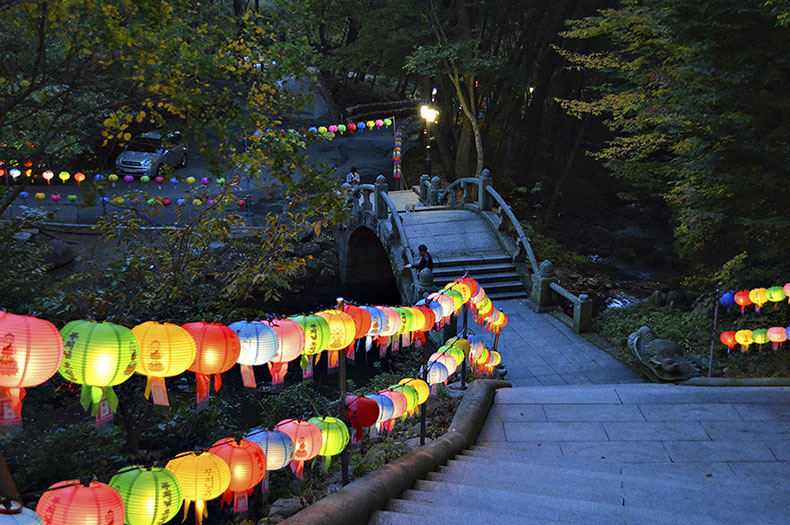

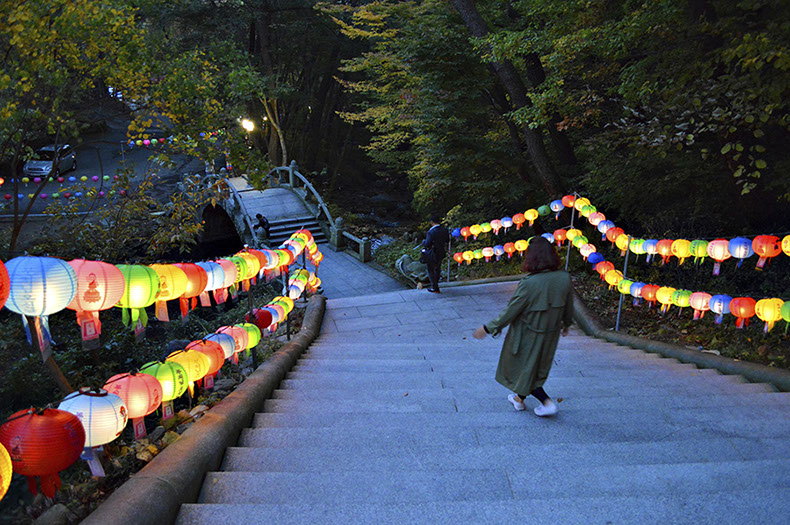
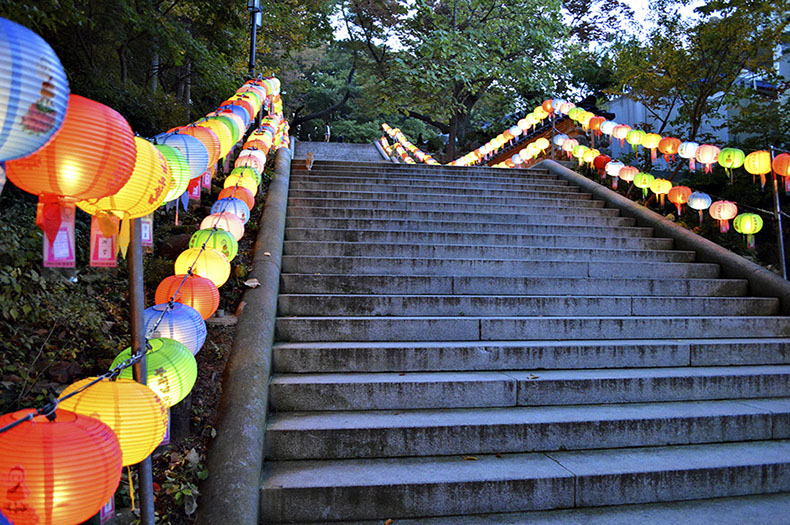


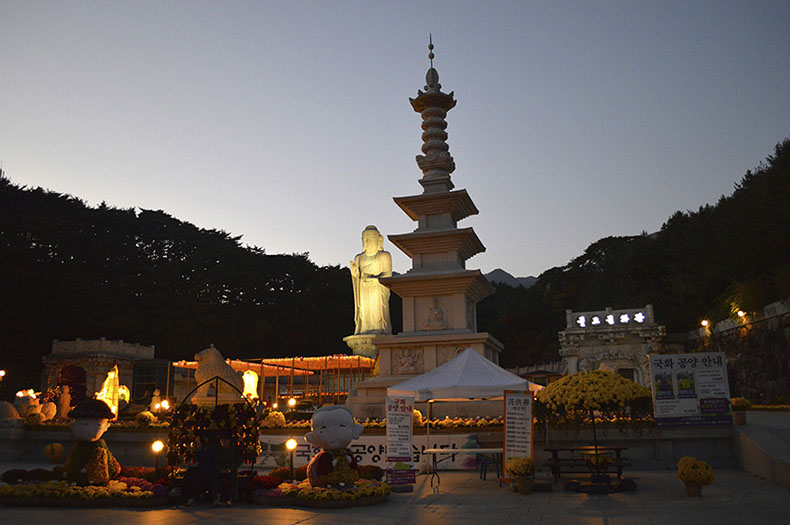

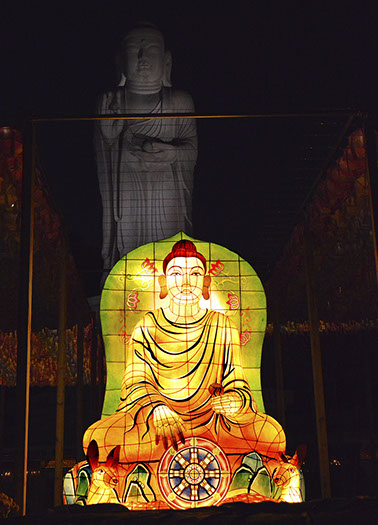
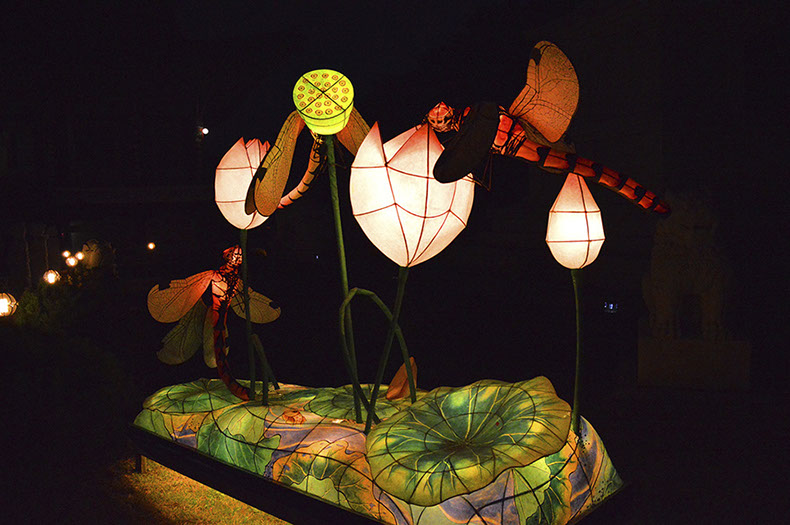
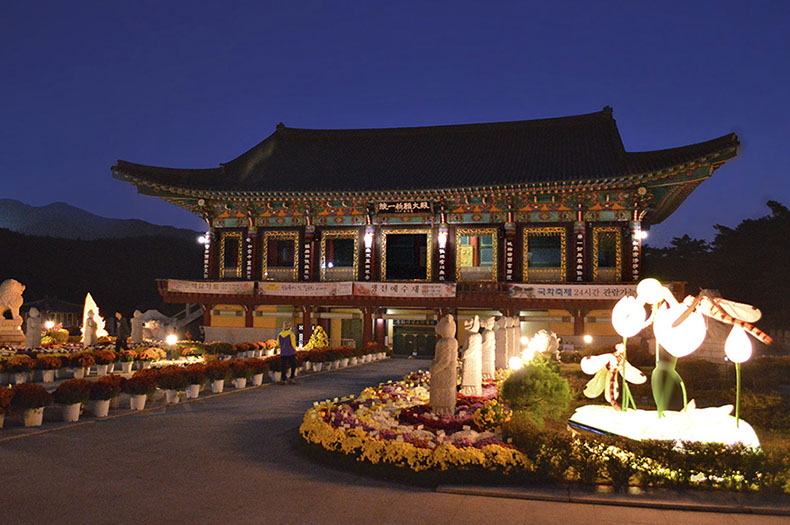
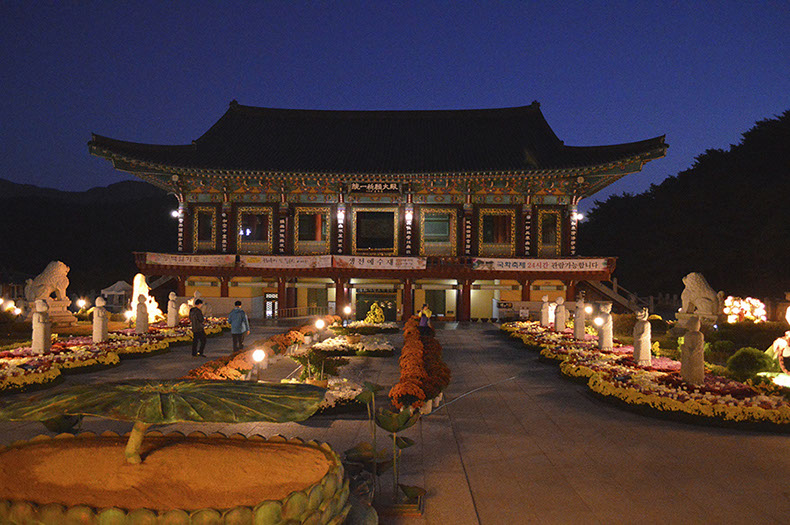

38 - 38
<
>
English
Deutsch
Donghwasa temple is a very old Korean temple. The name meaning shows, that even during the winter season, the paulownia tree still blooms. Already the path to the temple is full of colors. In the fall, yellow and reddish trees guide the travelers to the temple. It is located on the south side of Palgongsan Mountain, about 22km northeast of the city Daegu.
The temple has been built by Monk Geukdal in the 15th year of King Soji’s reign (A.D. 493).
The original name of the temple was Yugasa Temple, but Simjiwangsa rebuilt the temple under King Heungdeok (A.D. 826-836) and named it Donghwasa Temple. Simjiwangsa was a prince and the son of King Heungdeok in the Silla Era /Kingdom of Silla/. The present temple has been built in 1732.
Visitors can enjoy not only the intricate rooftop designs but also the view from Polgangsan Mountain.
In 1992 the Korean president commissioned for the temple a large 33 meters tall stone statue of Yaksayore-bul-The Medicine Buddha, which was completed in November of that year. The Medicine Buddha statue is made out of white marble. Together with two very old relict Buddha statues, which were a gift from Myanmar, they should symbolically represent the hope one day to reunifying the Korean peninsula.
There is a strange story that during the Korean War the Korean gold was on its way to be protected in USA, but was stolen by Nord Koreans. South Korean soldiers got it back and was hidden in the monastery. When the authorities found out (a few years ago trough the letter of an old man, who has been a soldier during the war), they asked the monks about the case and if they may start digging works to search for the gold, but the monks did not allow it, a temple is a holy ground.
No one know is this is really true, or just a modern legend.
Donghwasa Tempel ist ein sehr alter koreanischer Tempel. Die Namensbedeutung zeigt, dass auch in der Wintersaison der Paulownia-Baum noch blüht. Schon der Weg zum Tempel ist voller Farben. Im Herbst führen gelbe und rötliche Bäume die Reisenden zum Tempel. Es liegt auf der Südseite des Palgongsan Berges, etwa 22 km nordöstlich der Stadt Daegu.
Der Tempel wurde von Monk Geukdal im 15. Regierungsjahr von König Soji (493 n. Chr.) erbaut. Der ursprüngliche Name des Tempels war Yugasa Tempel, aber Simjiwangsa baute den Tempel unter König Heungdeok (826-836 n. Chr.) wieder auf und nannte ihn Donghwasa Tempel. Simjiwangsa war ein Prinz und der Sohn von König Heungdeok in der Silla-Ära / Königreich von Silla /. Der heutige Tempel wurde 1732 erbaut.
Die Besucher können nicht nur die komplizierten Dach-Designs genießen, sondern auch den Blick vom Polgangsan Berg.
Im Jahr 1992 beauftragte der koreanische Präsident für den Tempel eine große, 33 Meter hohe Steinstatue von Yaksayore-bul-The Medizin Buddha, die im November desselben Jahres fertiggestellt wurde. Die Medizin Buddha Statue besteht aus weißem Marmor. Zusammen mit zwei sehr alten Relikt-Buddha-Statuen, die ein Geschenk aus Myanmar waren, sollten sie symbolisch die Hoffnung eines Tages zur Wiedervereinigung der koreanischen Halbinsel darstellen.
Es gibt eine seltsame Geschichte, dass während des Koreakrieges das koreanische Gold auf dem Weg in den USA war, um dort geschützt zu werden. Leider wurde es von Nord Koreanern geraubt und dann von Süd Koreanischen Soldaten gerettet und im Kloster versteckt. Als diese Geschichte vor einigen Jahren bekannt wurde, wollten die Behörden eine Suche beginnen, aber die Mönche erlaubten es nicht, ein Tempel ist ein heiliger Boden.
Jogyesa Temple
Seoul

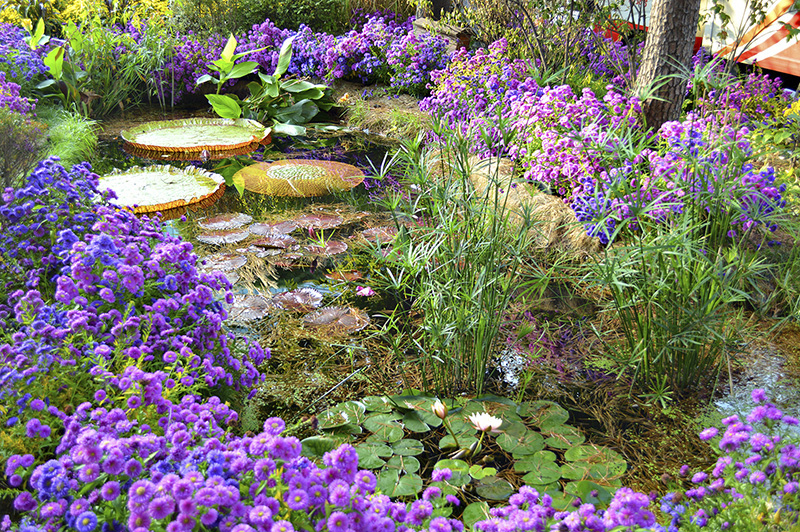

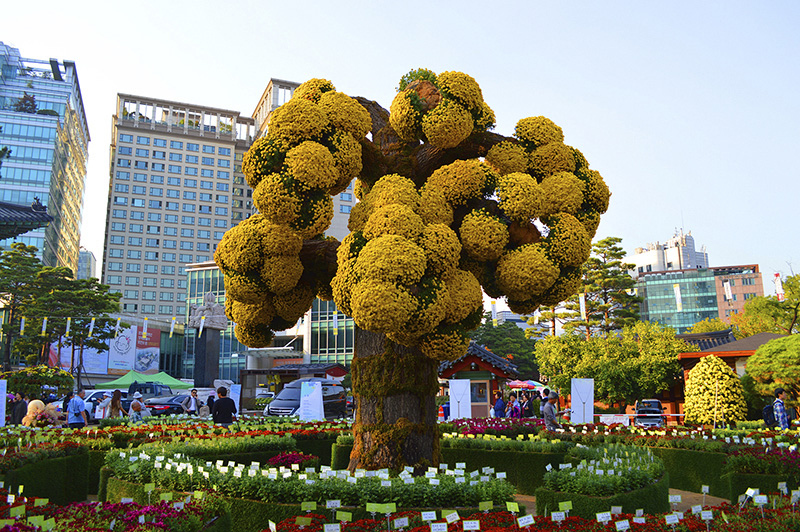


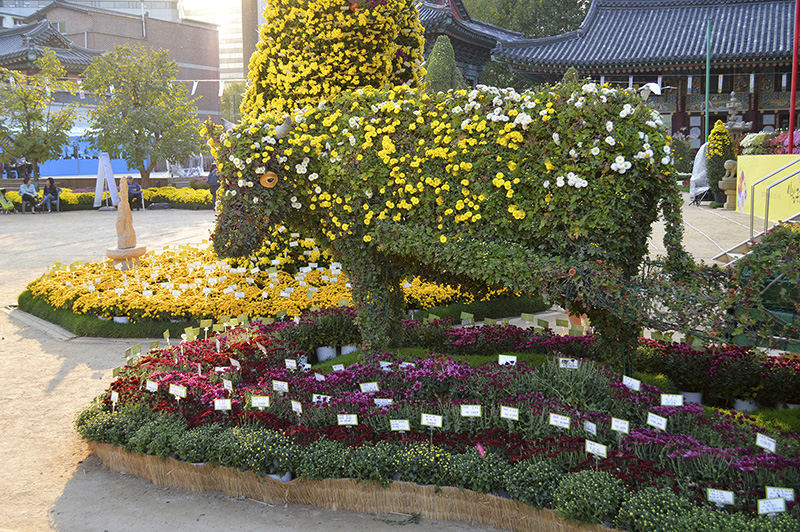
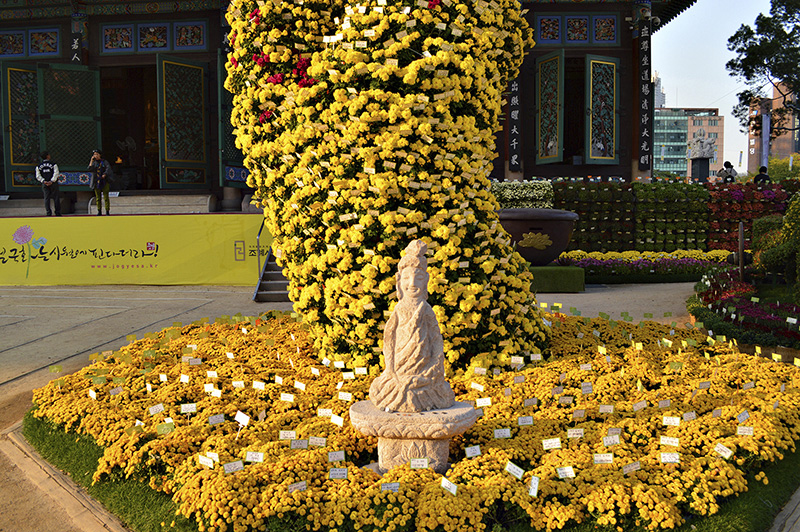




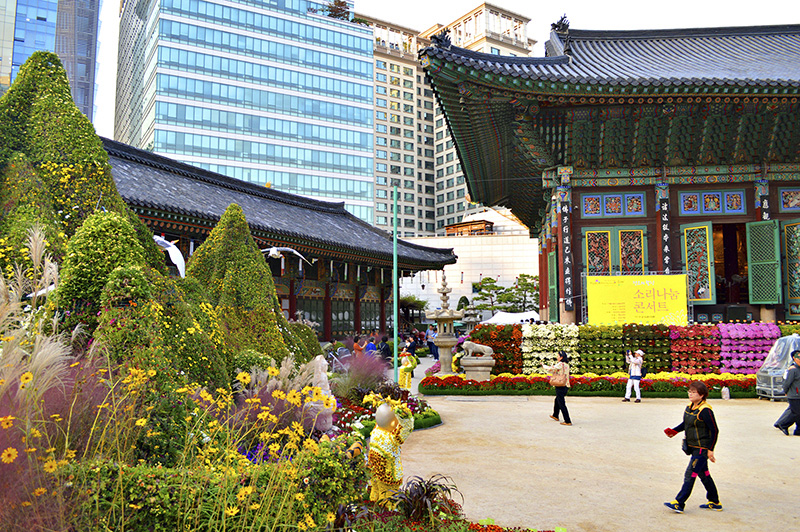
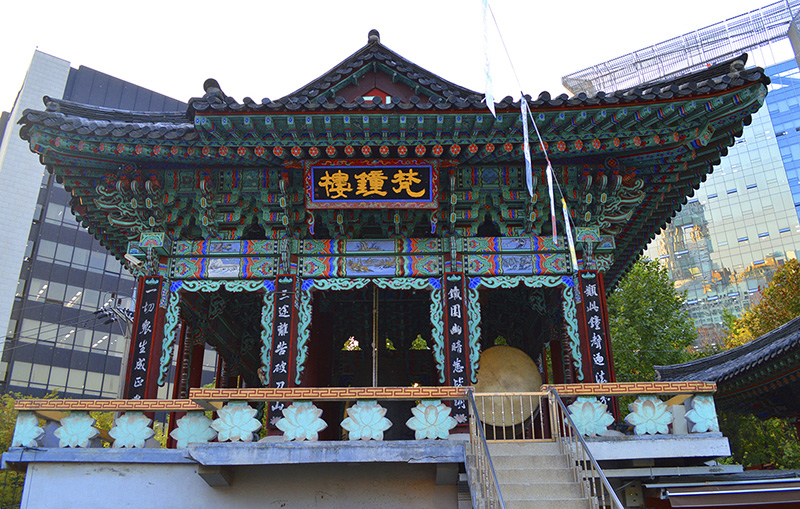
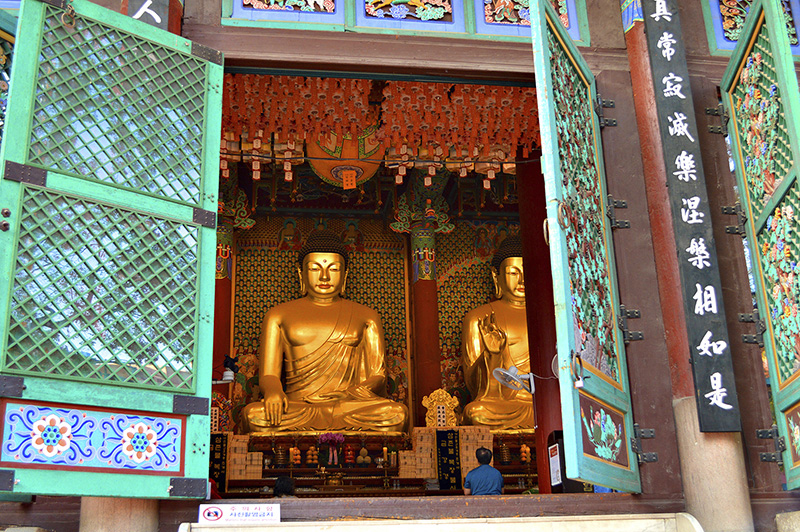
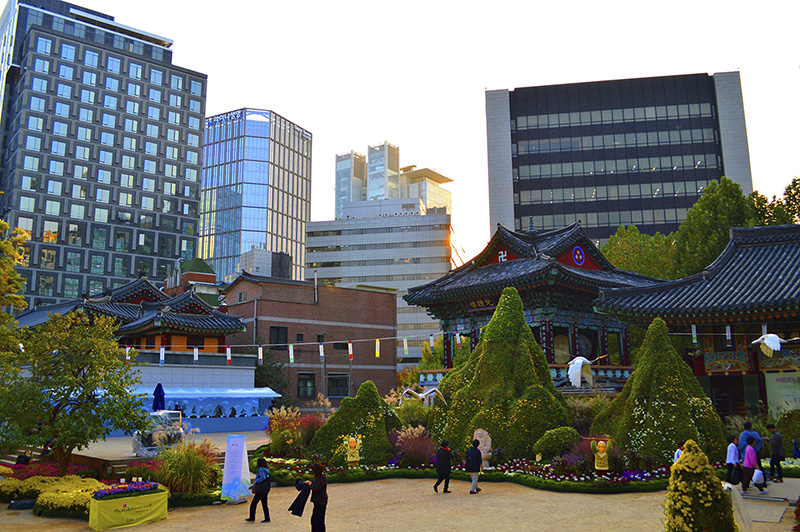
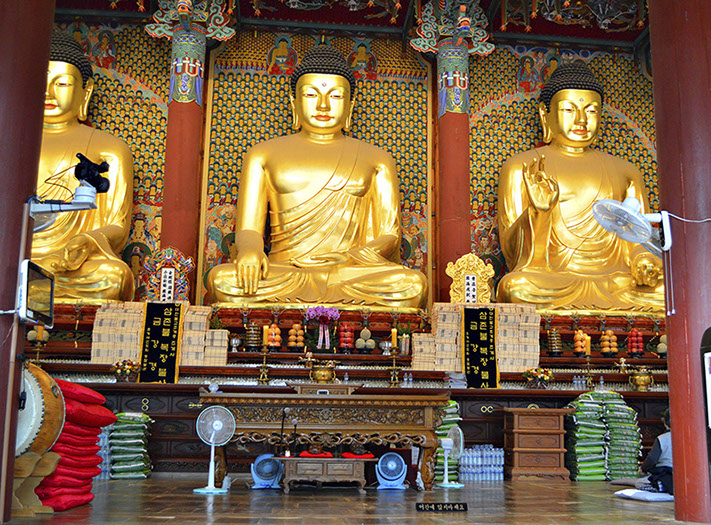

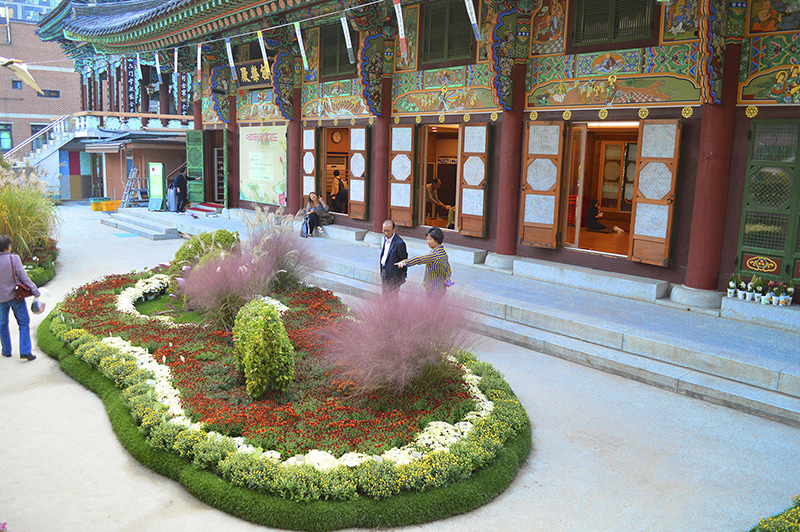


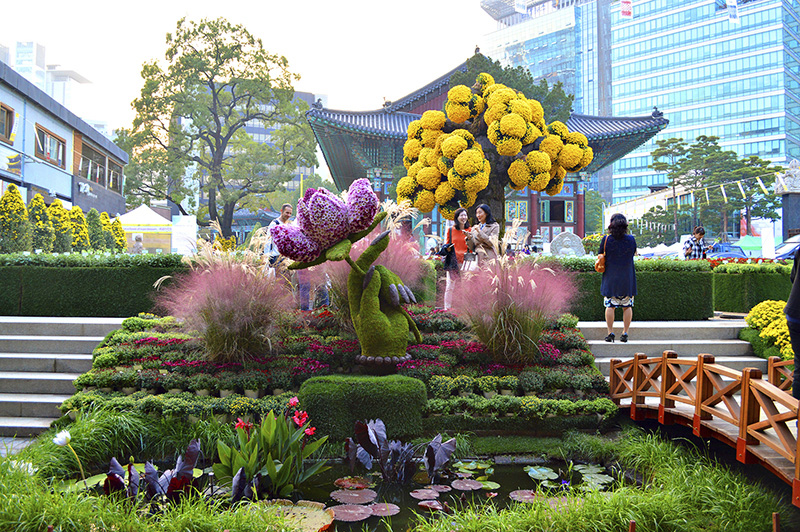
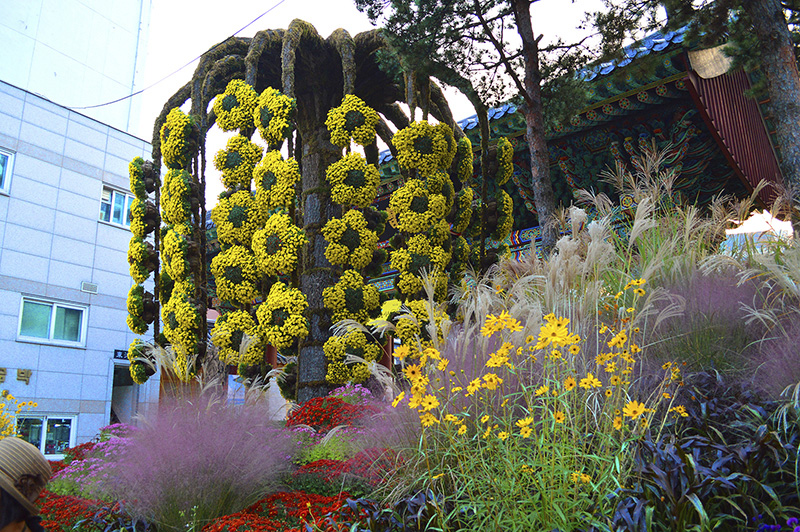

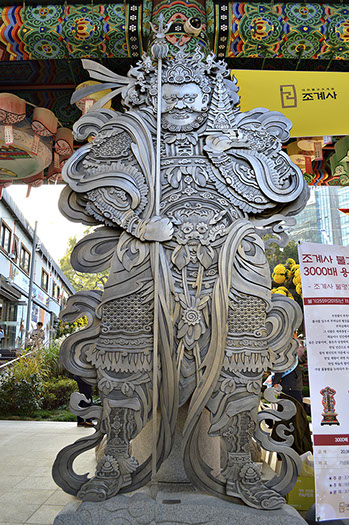


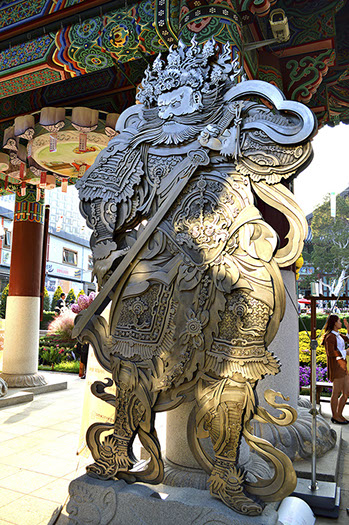

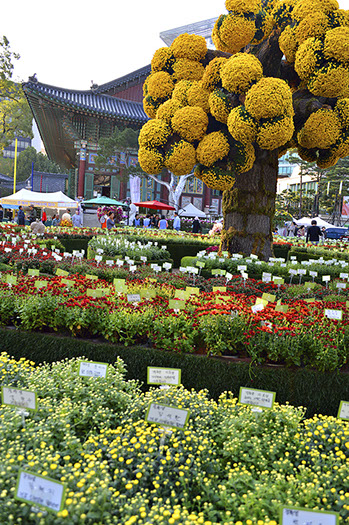




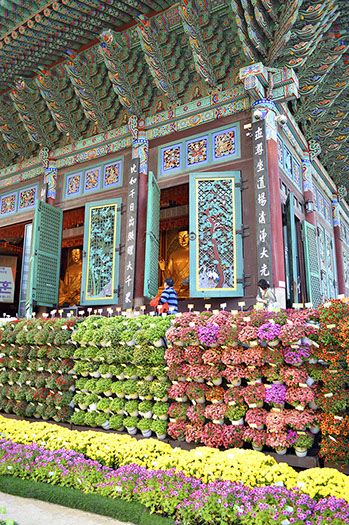



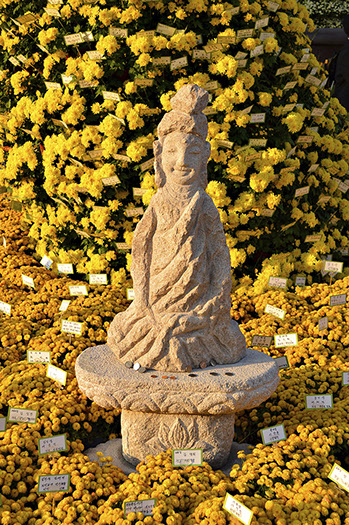

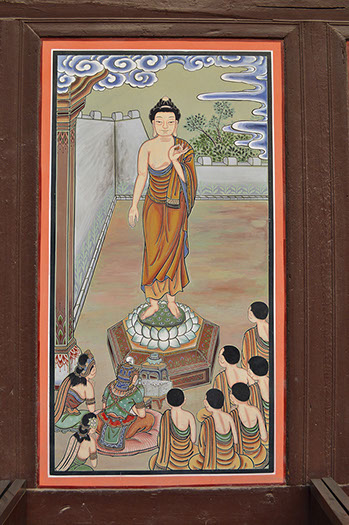

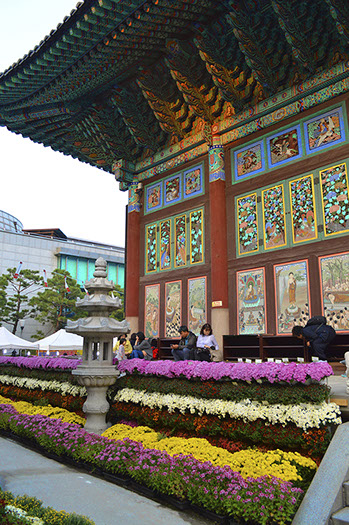



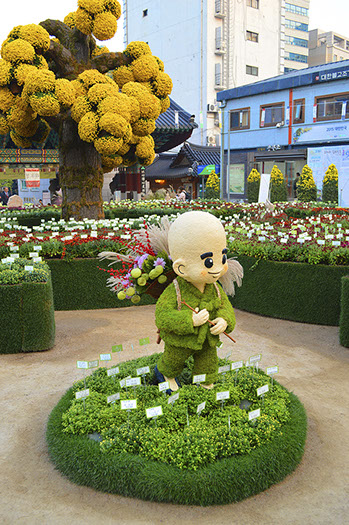


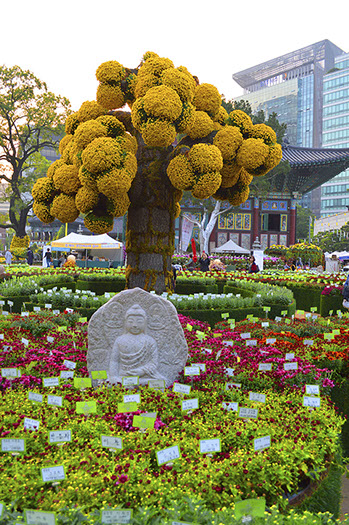
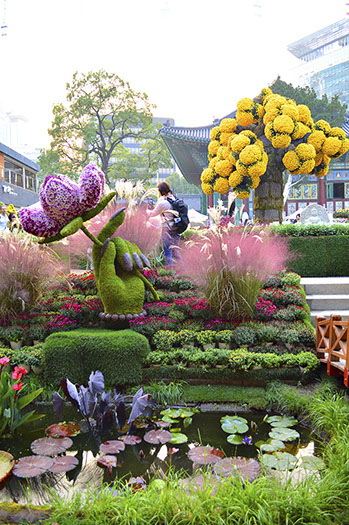
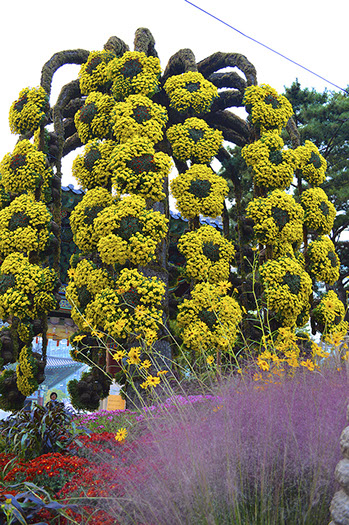
20 - 52
<
>
info@bella-volen.com
+43/699 132 29 826, Vienna, Austria
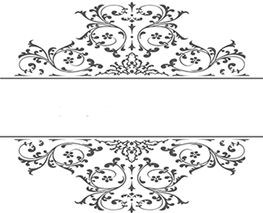
© Copyright Bella Volen 2022
BELLA VOLEN Gallery
Downtown Vienna
Landesgerichtsstraße 6, 1010 Wien
Opening hours:
Tuesday 11.00 AM - 6:00 PM
Wednesday 11.00 AM - 6:00 PM
Thursday 11.00 AM - 6:00 PM
Friday 11.00 AM - 6:00 PM
Saturday 11.00 AM - 6:00 PM
Sunday & Monday open with an appointment
On some evenings & weekends there will be special events, lectures, workshops.
BELLA VOLEN Galerie
Im Zentrum von Wien
Landesgerichtsstraße 6, 1010 Wien
Öffnungszeiten:
Dienstag 11.00 - 18:00
Mittwoch 11.00 - 18:00
Donnerstag 11.00 - 18:00
Freitag 11.00 - 18:00
Samstag 11.00 - 18:00
Sonntag & Montag nur für ausgemachte Termine.
An manchen Abenden, oder Wochenenden gibt es Sonderveranstaltungen und Workshops
